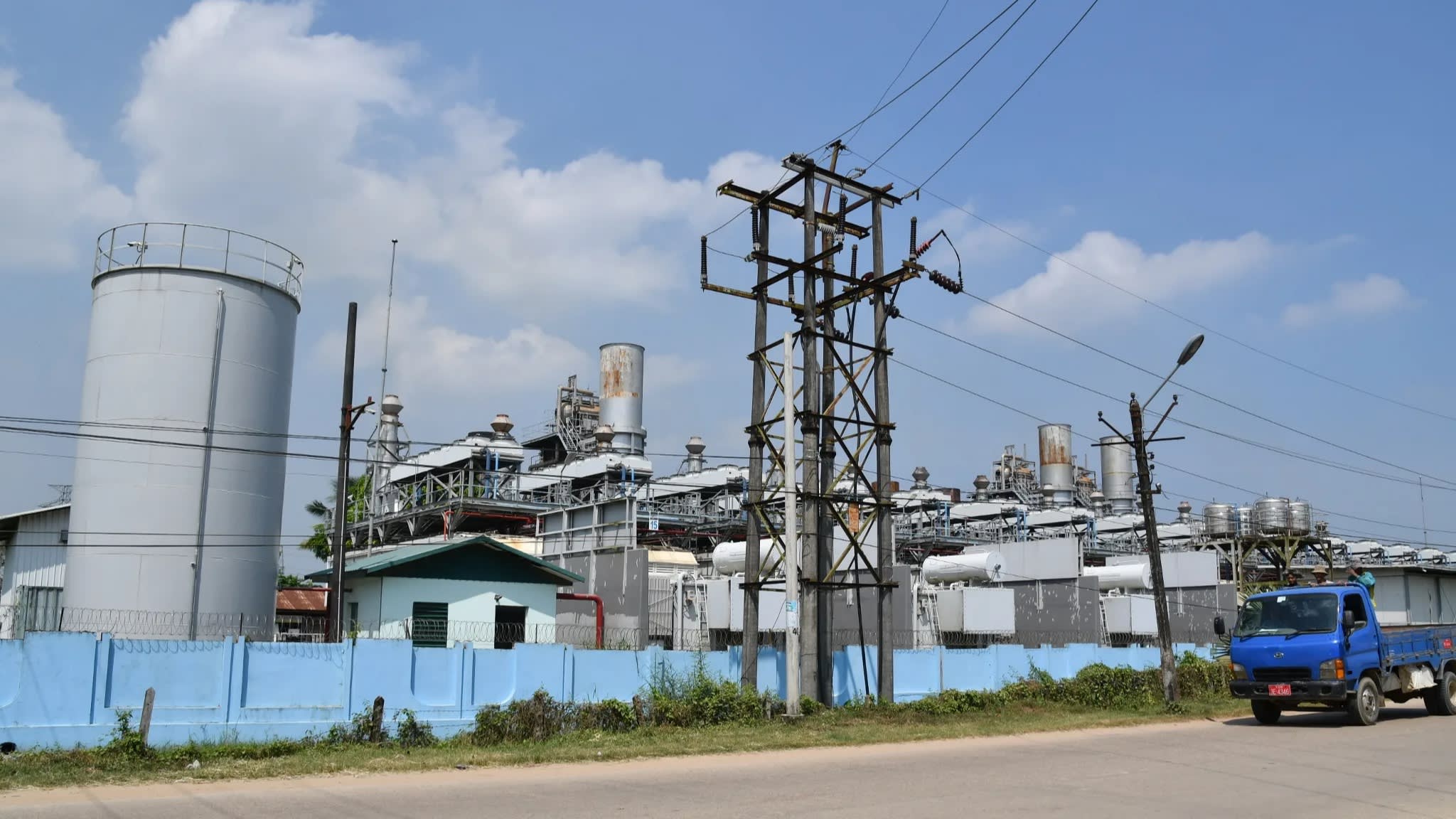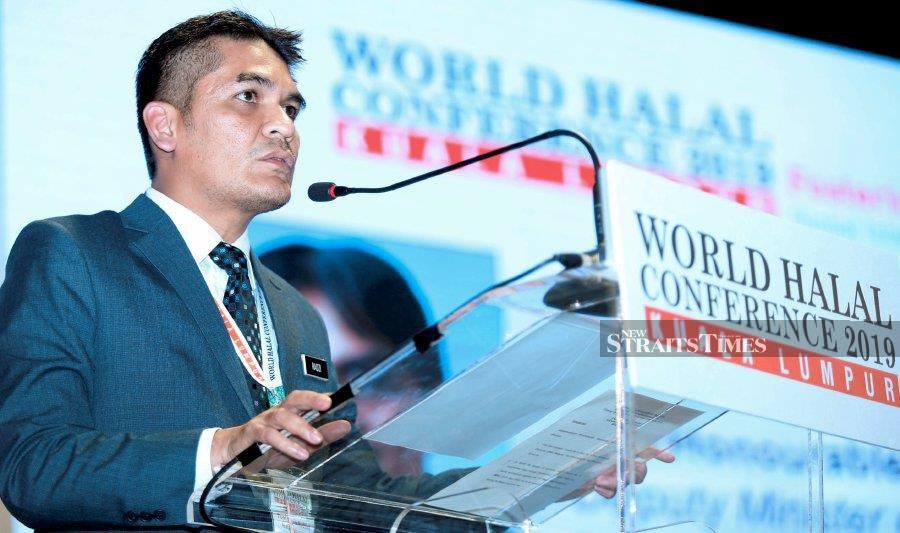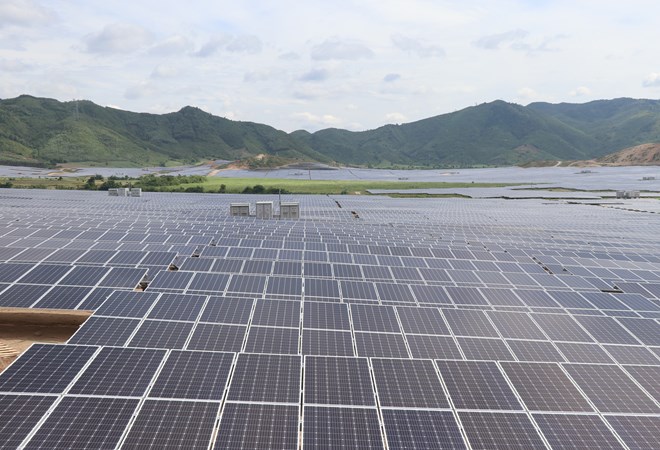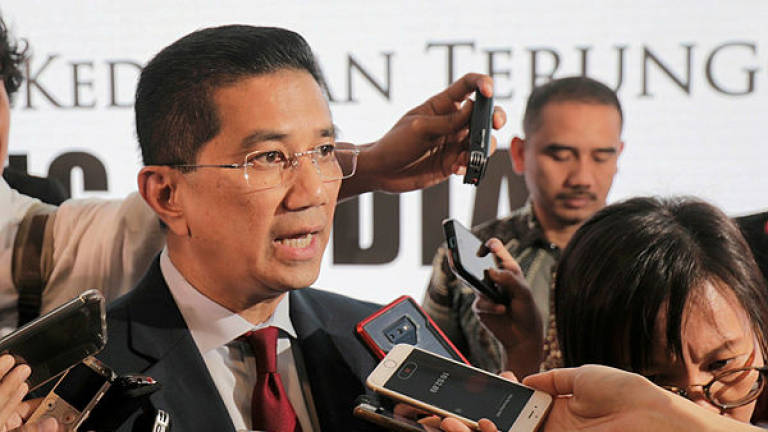- Electricity/Power Grid
–
- Myanmar
YANGON — Myanmar will raise electricity prices for the first time in five years, with rates as much as tripling for households and nearly doubling for businesses.
The government’s just-announced tariff increases take effect this coming Monday and will bring relief to money-losing utilities that have sold power for far below generating costs.
With urbanites buying more household appliances and electrification spreading to rural villages, demand for electric power is growing 11% a year, according to estimates published in a World Bank report this month.
But supply, much of it from hydropower, has struggled to keep up as aging infrastructure falls into disrepair.
A source familiar with the sector said the price increases are likely to nearly erase utilities’ losses. But “further tariff increases will be needed if the country intends to use liquefied natural gas” or other imported energy, the source said.
The government has sought to encourage private-sector investment, including foreign money, in the state-dominated power sector. The World Bank warned that the country needs about $2 billion in annual spending on electric power infrastructure — double historical levels — and said raising prices of electricity is “critical” to financial viability.
Jordan Zele, country director at FMR Research & Advisory, said the hikes “will alleviate some of the fiscal pressure caused by electricity subsidies, while signaling to foreign investors that Myanmar is ready to deliver power projects to its people.”
And “the increased price of grid electricity will allow off-grid power projects to become more competitive,” such as solar minigrids, Zele said.
But the hikes risk public backlash. The announcement followed weeks of rolling blackouts in the commercial capital of Yangon and elsewhere. Consumers vented their frustrations on Facebook.
“For a while, consumers will be paying a higher price for the same low-quality product,” Zele said.
But as long as the government can deliver projects that add generating capacity, ensuring that the power supply becomes more stable, “these concerns will recede,” he predicted.
Even after the price hikes, electricity in Myanmar will be cheaper than or comparable to power in neighboring countries. This is because rates here started from a low base. Residential prices as of 2018 were one-fifth those in Thailand and one-sixth those in Cambodia, according to a study by the Japan External Trade Organization.
In the past, Myanmar was able to sustain lower tariffs because low-cost hydropower plants were sufficient to meet most of the nation’s electricity demand. But demand grew rapidly over the past few years, and the supply shifted to gas-fired power plants that were more flexible but costlier. Peak demand is expected to reach 12.6 gigawatts by 2030, 3.5 times the current level, according to the World Bank.
Under the new pricing scheme, the rate for residential customers will remain at 35 kyat (2 cents) per hour for usage up to 30 kilowatt-hours, after which the price rises to as much as 125 kyat. Businesses will pay 125 to 180 kyat, up from 75 to 150 kyat.












